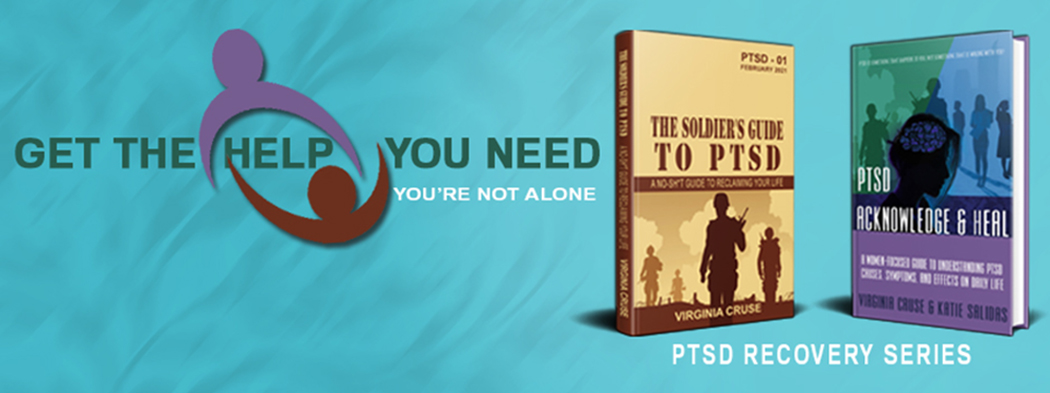Nothing - and I mean nothing—feels more frustrating than talking to a Veteran who is ready to get the help they need to reclaim their lives from PTSD and then finding out that their insurance does not cover mental health or that their health insurance deductible is exorbitant. If we are not enrolled in the VA for health services, it can take months for service connection to get approved. In short, it’s a goat rope.
Today,
we’re going to talk about how to get the help you need to recover from PTSD
now. I am focusing on networks that have national reach, and this list is
hardly exhaustive.
1.
The Vet Center. I think this is the VA’s
best kept secret. All you need for help with a Vet Center is a DD-214; no
service connection or enrollment is required and services are free of cost. I
work regularly with our local Vet Center staff, and I find them impressive AF.
Many of them are Combat Vets themselves, and the services and overall attitudes
are very Vet-centric. They have appointments available after business hours and
they serve Veterans—and their family members. Since Vet Centers are part
of the VA system, their clinicians are well trained in Evidence-Based
Treatments for PTSD. Their mandate is to serve Combat Vets, Military Sexual
Trauma (MST) survivors, and their family members. Get more info: https://www.vetcenter.va.gov/
2. Cohen Veterans Network. This is a non-profit national mental health network that launched in 2016 to serve Veterans and family members. Anyone who has served in the Armed Forces, regardless of role, discharge status, or combat experience is eligible for mental health services; this includes National Guard and Reservists. I have worked with therapists out of the San Antonio, Texas office and they are really, really talented and dedicated. Many of the therapists are Combat Veterans. It is not affiliated with the VA. There are about 20 locations as of this post’s date across the U.S. https://www.cohenveteransnetwork.org/clinics/
3.
Give an Hour. Give an Hour serves anyone
who served in the U.S. Military for any length of time, with any branch, and
any active, reserve or discharge status. The website matches Veterans who need
services with clinicians who volunteer to “give an hour” of therapy free of
cost. Because of telehealth, Veterans can see a counselor anywhere in their
state making this a good option for those who will consider working online. https://giveanhour.org/military/
4.
Employee Assistance Program. Hear me out—I
think this is one of the most underutilized work benefits and it is widely
available to almost anyone employed, even on a part-time basis. EAPs are part
of many benefits packages, and a call to your Human Resources folks will give
you more information. EAPs offer free short-term counseling to employees and
family members, and the EAP will usually set you up with a counselor, making it
user friendly. The EAPs that I work with give clients between five and ten
therapy sessions with no cost or co-pay. When I work with clients who have high
deductibles before their insurance kicks in, I encourage them to go through
their EAP. Moreover, we can get a lot done in five or ten sessions.
Your local community may have
resources also, so a Google search like “free military counseling near me” may
turn up more ideas. Also, when talking to mental health professionals, ask for
their recommendations. Folks who work in mental health all tend to hang out together,
and we are usually very connected into our local community resources. If at a
loss, find a social worker in a government agency or hospital and ask them. In
my experience, I have found that social workers have a unique super power: knowing
things. They are just more resourceful than the rest of us.
Most importantly, don’t ever be
afraid to call the Veterans Crisis Line at 800-273-8255, call 911, or go to
your nearest emergency room if you are feeling suicidal. I know that health
insurance can leave us feeling fucked, but NOTHING is more important than your
life.
If you know of more resources for
Veterans to get mental health services, we want to know – please leave a
comment below.
*****
“If you believe change is possible, you want to change, and you are willing to do the work, you absolutely CAN get your life back.”
The best way to start is to identify the problem. Download my free workbook and take a No-Sh*t assessment of where you are at today.


